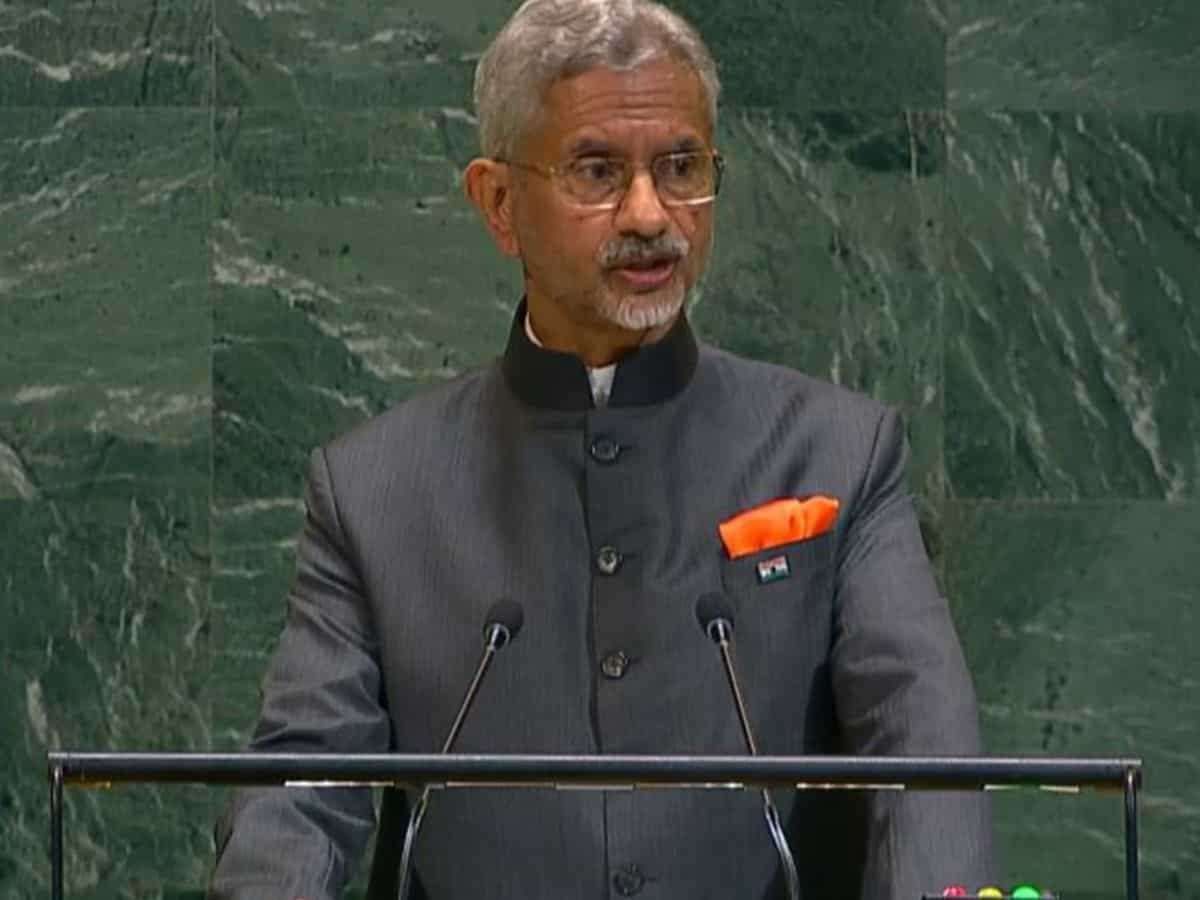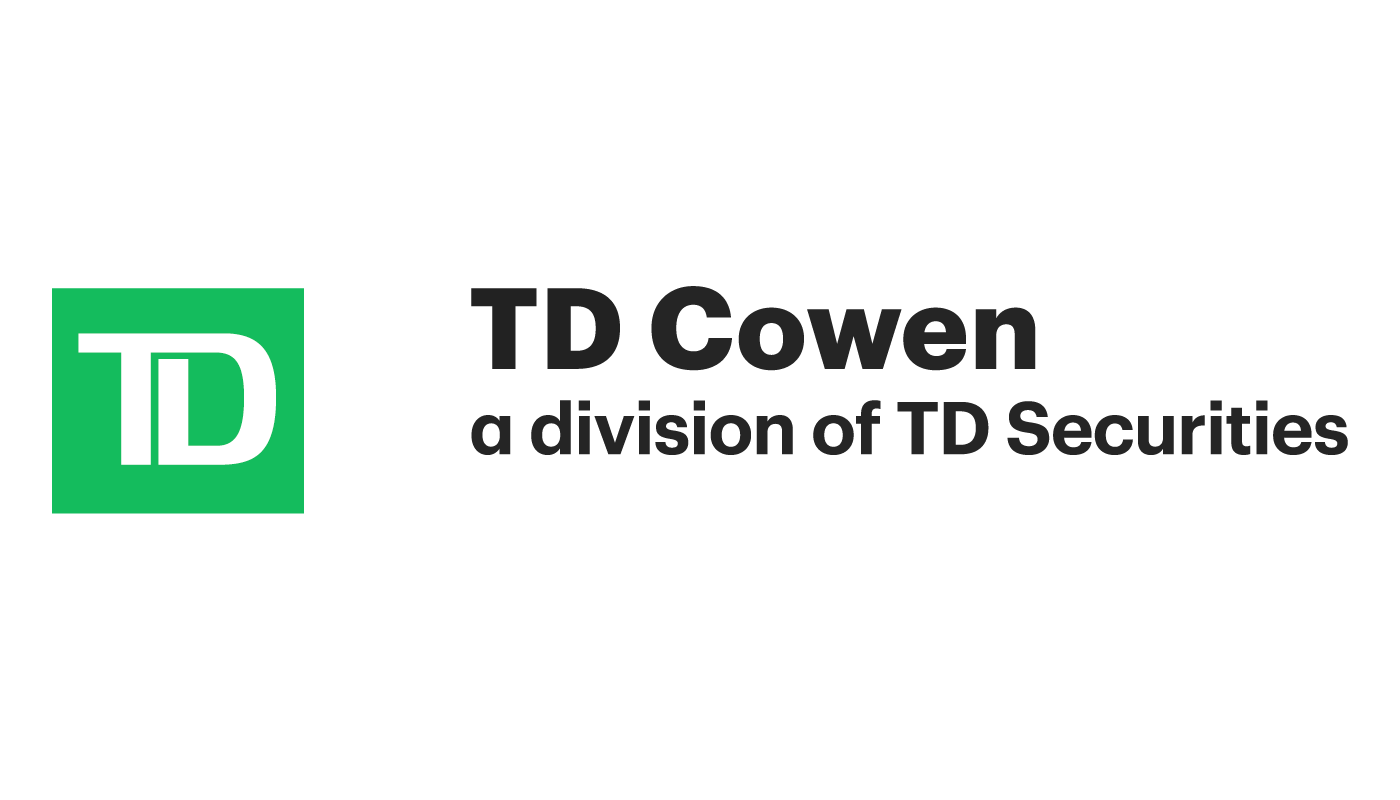The registrations, which had picked up gradually during the first three quarters of 2022-23 (April-March) dropped in the fourth quarter, Reserve Bank of India staff wrote in the central bank’s May 2023 bulletin.
“With tightening global financial conditions and concomitant rise in international reference benchmark rates, the overall cost of ECB loans went up steeply by 516 bps between March 2022 and March 2023,” the RBI staff wrote.
ECB inflows during FY23 were at $23.8 billion, marginally higher than the outflows, the central bank staff said, adding that the debt raised last year was for financing modernisation, new and infra projects, import of capital goods and for local sourcing of capital goods.
“After a few years of extremely low rates, the US rates have gone up by around 500 basis points. That’s why the borrowers, those who have exposure to ECBs, are largely refinancing from the domestic market,” Soumyajit Niyogi, director, India Ratings & Research, said.
“From a forward-looking perspective, the situation will continue. As long as the rate differential is not substantial, there is not much expectation that the situation will revive,” he said.
In a bid to tackle high inflation, the US Federal Reserve has raised policy rates by a total of 500 bps since March 2022, the most aggressive tightening cycle in four decades.According to the RBI staff, around 72% of ECB agreement amounts were explicitly hedged or were rupee-denominated loans and loans from foreign parents.
“Some of the borrowers, which have extremely high credit-worthiness, can borrow at a cheaper rate. Meanwhile, the entities which have foreign currency inflows, can borrow from the market and run a natural hedge position,” Niyogi said.
In its December 2022 Financial Stability Report, the RBI had said that a predominant component of ECB loans was hedged. While some of the ECB debt is guaranteed by the government, a portion of the unhedged ECBs retain natural hedges where the borrower’s earnings are in foreign currency.
Public sector entities – primarily those in the sectors of petroleum, railways and power – have assets with natural hedge character. The RBI said in July last year that the foreign exchange risk of these entities, if any, could be absorbed by the government although such a contingency was unlikely.








































